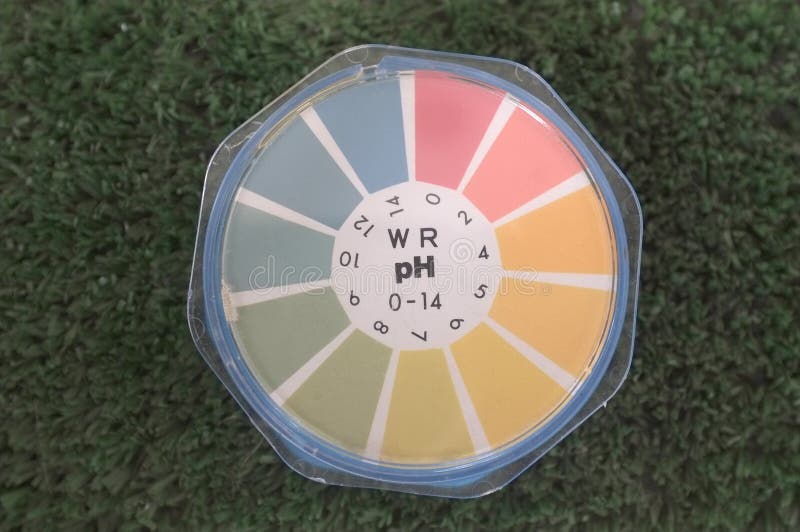
Key Concepts
1. Conjugate Acid of a Base
The positively charged ion formed when a base accepts a proton is called its conjugate acid.
2. Conjugate Base of an Acid
The species that remains after an acid donates a proton is its conjugate base.
3. Bronsted-Lowry Theory
Acids: Proton donors
Bases: Proton acceptors
4. pH of a Solution
pH is the negative logarithm of the hydrogen ion concentration: pH = -log[H⁺]
5. pKw
pKw is the negative logarithm of the ionization constant of water.
6. Leveling Effect
Strong acids or bases show similar strengths in water due to the solvent's leveling property.
7. Buffer Solution
A buffer resists changes in pH when small amounts of acid or base are added.
8. Acid-Base Indicator
A weak acid or base that changes color in response to pH changes in a solution.
9. Titration
A laboratory method used to determine the concentration of an unknown solution by neutralization.
10. pKa
The negative logarithm of the acid dissociation constant (Ka): pKa = -log(Ka)
11. pKb
The negative logarithm of the base dissociation constant (Kb): pKb = -log(Kb)
12. Lewis Acid-Base Concept
Acid: Electron pair acceptor
Base: Electron pair donor
13. Buffer Action
The ability of a buffer to maintain its pH even when small amounts of acids or bases are added.
14. Buffer Capacity
The measure of a buffer’s ability to resist pH changes.
15. Hydrolysis
The reaction of salt ions with water to form acidic or basic solutions.
16. Leveling Effect (Revisited)
The equalization of the strength of strong acids and bases in a given solvent due to complete ionization.
Study Tip 💡
Memorize the definitions and differences between various acid-base concepts (Bronsted-Lowry vs. Lewis) to strengthen your conceptual understanding for exams.
🔗 Other Useful Links
- News By Amurchem
- Free Web Development Course
- All-in-One Exam Prep Portal
- Articles by Amurchem
- Grade 12 Section
- Grade 11 Section
- Grade 10 Section
- Grade 09 Section
- Home and Online Tuition
- Labs By Amurchem
- Science Lectures By Amurchem
© 2025 AmurChem. All rights reserved.





